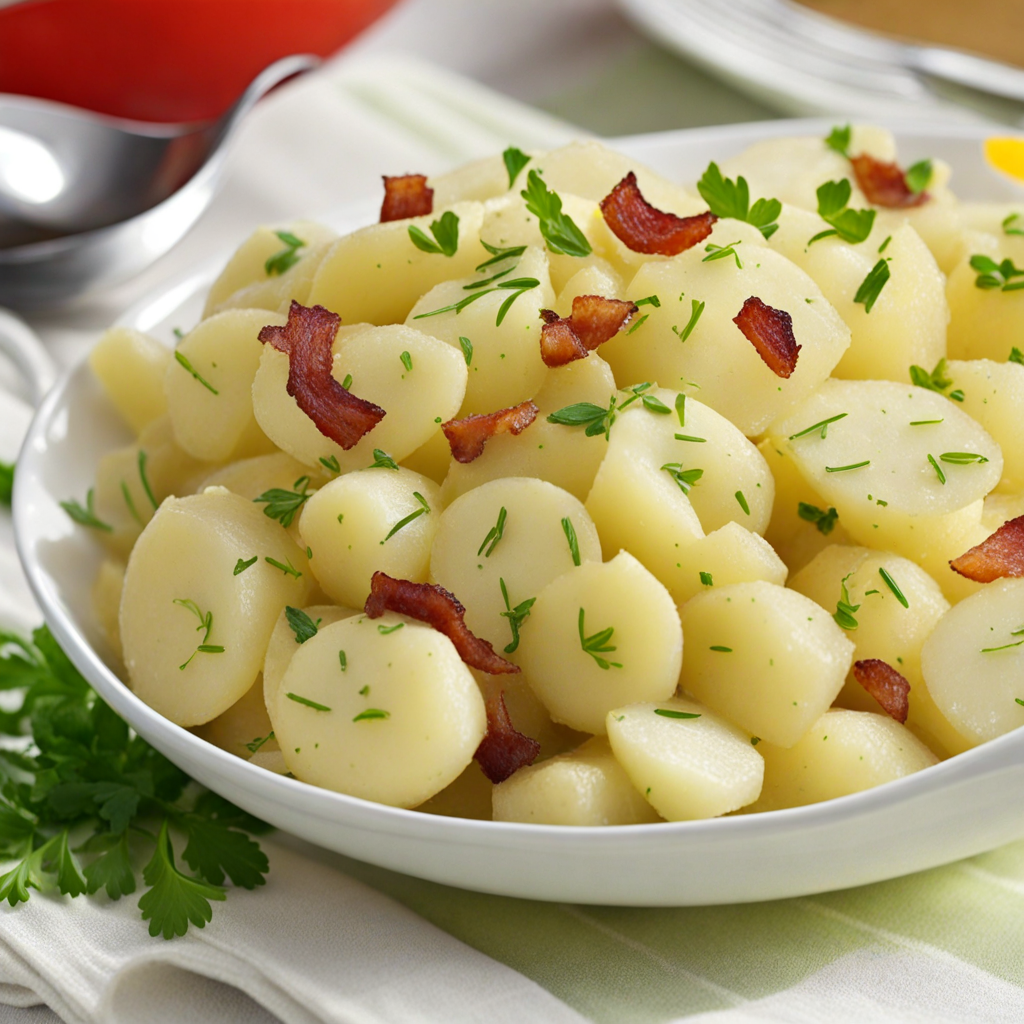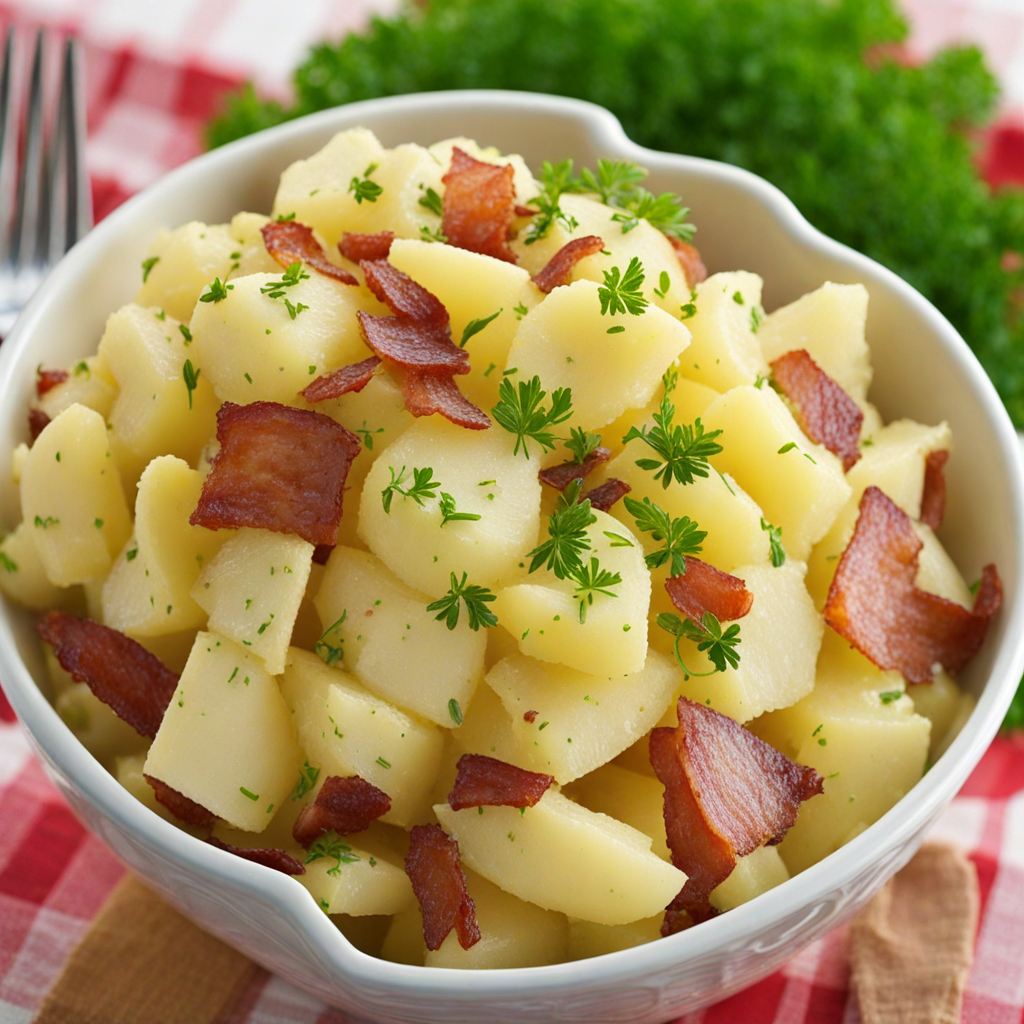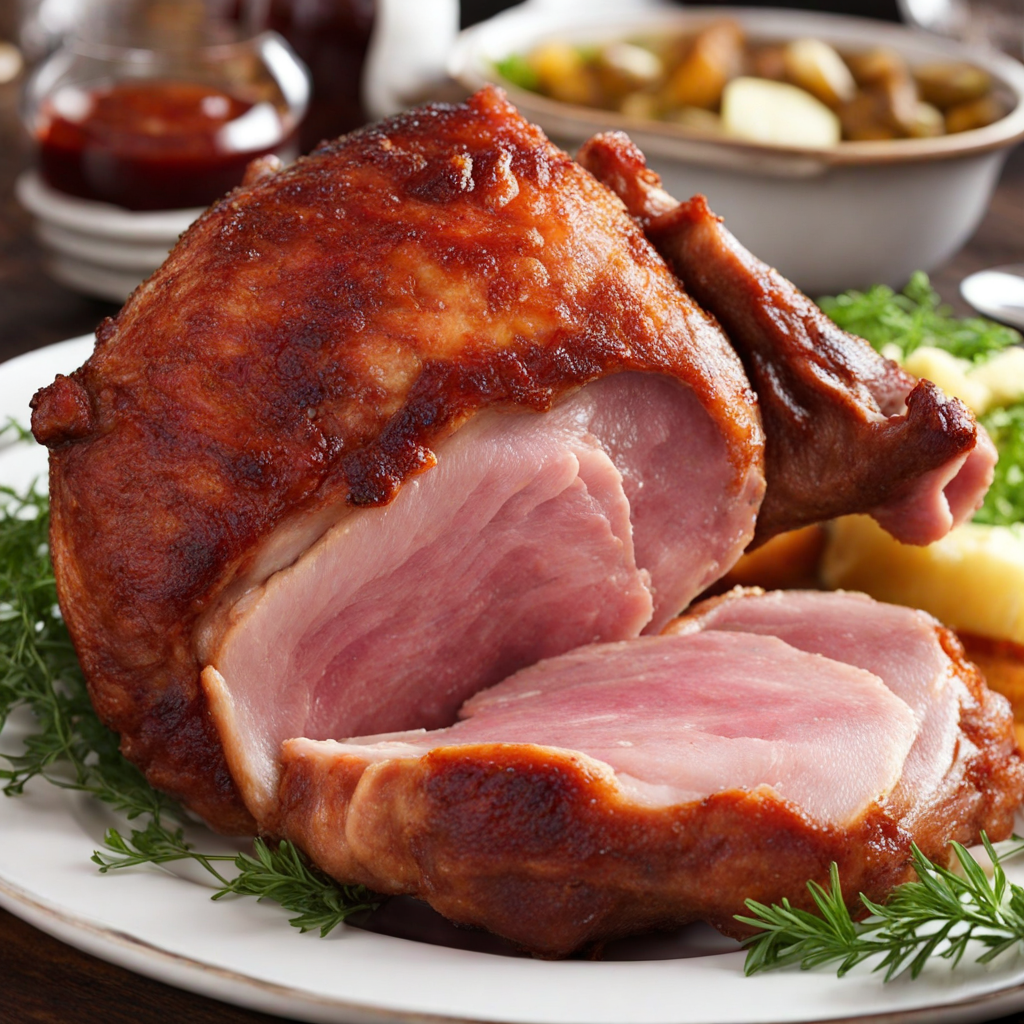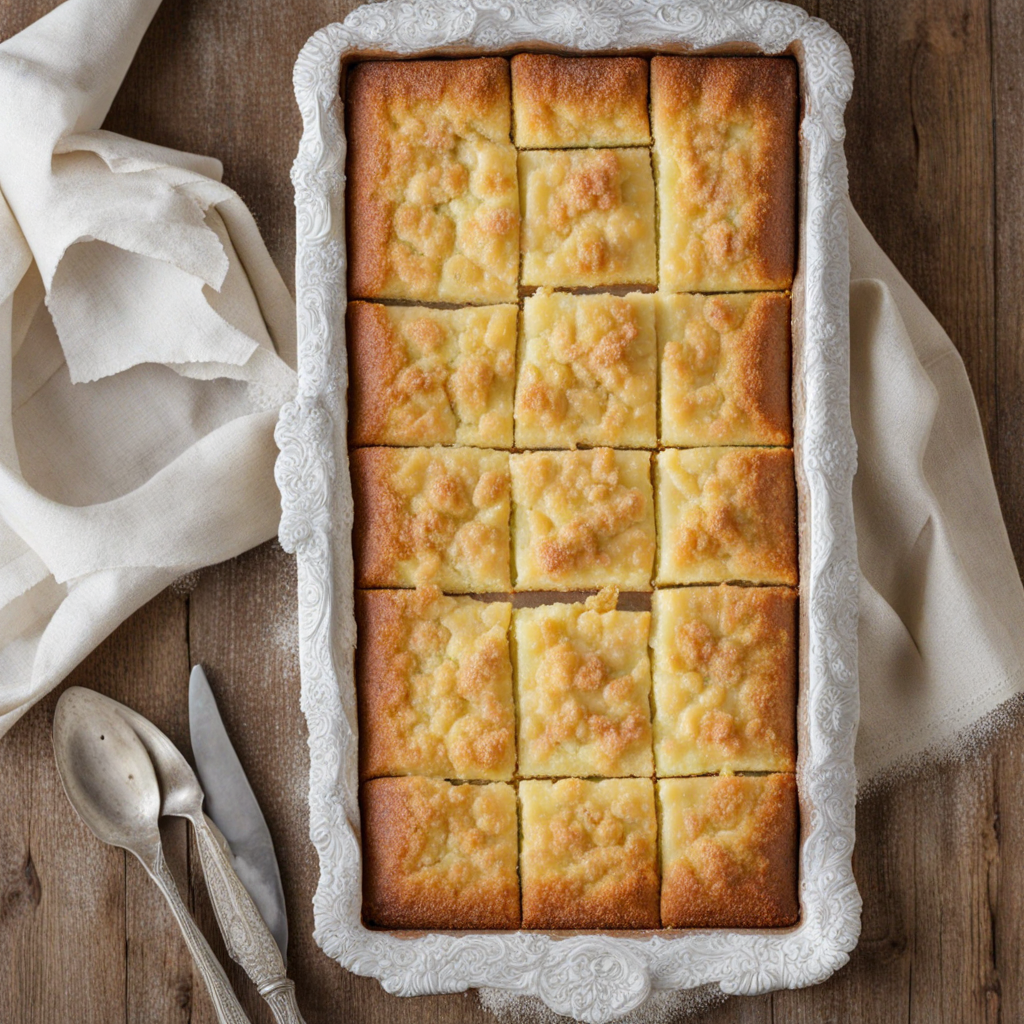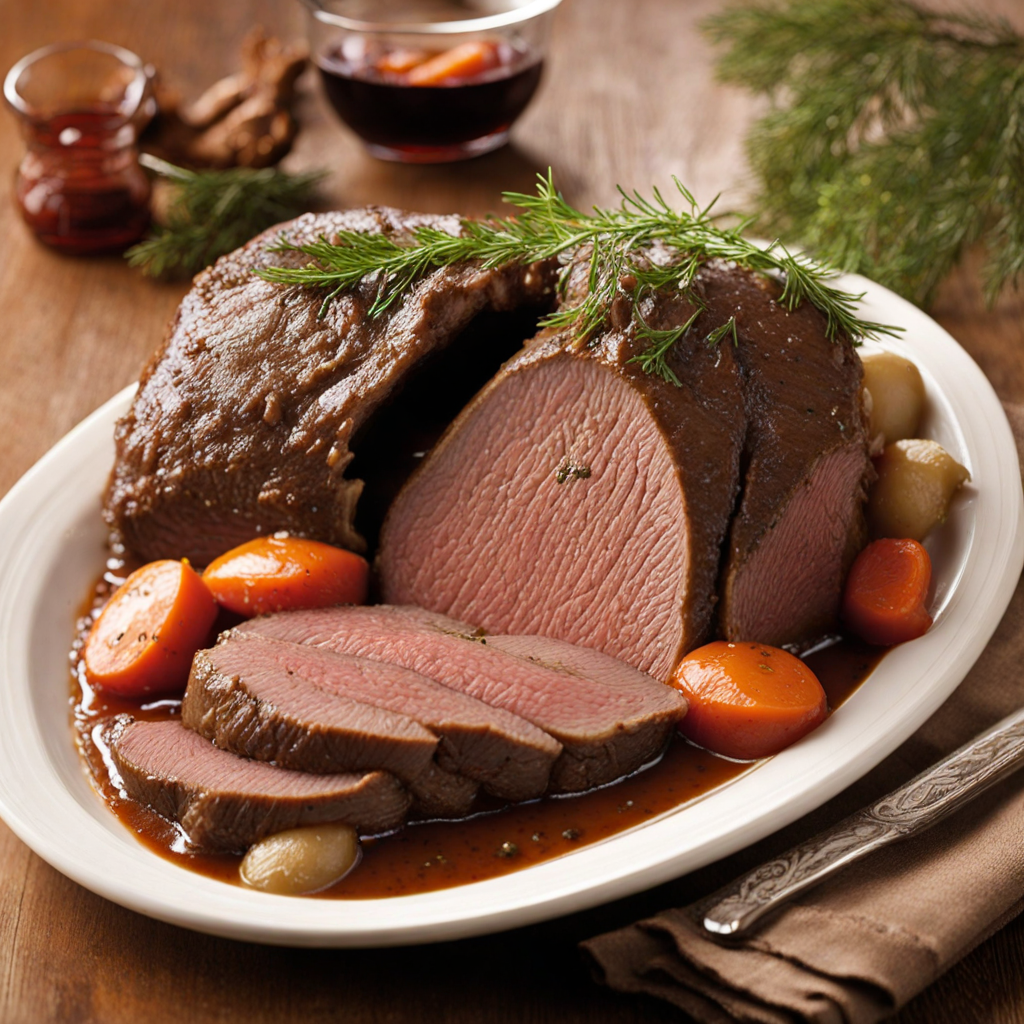Kartoffelsalat
Kartoffelsalat, or German potato salad, is a delightful dish that showcases the versatility and heartiness of potatoes in German cuisine. Unlike its American counterpart, which is typically creamy and mayonnaise-based, Kartoffelsalat has a lighter, tangy flavor profile. It generally features boiled potatoes that are sliced and tossed with a warm dressing made from vinegar, mustard, and often bacon drippings, creating a harmonious blend of flavors that is both comforting and refreshing. The addition of onions and fresh herbs, such as parsley or chives, enhances the dish, providing a delightful crunch and a burst of freshness. The beauty of Kartoffelsalat lies in its regional variations. In southern Germany, the salad may incorporate broth, while in northern regions, it is more likely to include a creamy dressing. The balance of flavors can vary from sweet to tangy, depending on the type of vinegar used or if sugar is added. This adaptability makes Kartoffelsalat a perfect side dish for barbecues, picnics, or festive gatherings, complementing everything from sausages to grilled meats. What sets Kartoffelsalat apart is its warm serving temperature, which allows the flavors to meld beautifully and the potatoes to absorb the dressing. Each bite offers a delightful contrast between the tender potatoes and the zesty dressing, making it a truly unique experience. Whether enjoyed as a traditional accompaniment to a hearty German meal or as a standalone dish, Kartoffelsalat invites food lovers to explore the comforting and vibrant tastes of Germany’s culinary heritage.
How It Became This Dish
The History of Kartoffelsalat: A Culinary Journey Through Germany Kartoffelsalat, or potato salad, is a dish that holds a special place in German cuisine, offering a tantalizing glimpse into the nation’s agricultural heritage, cultural identity, and regional diversity. As simple as it may appear, Kartoffelsalat has a rich history that intertwines with the social and culinary transformations of Germany over the centuries. From its humble origins to its status as a beloved staple at celebrations and family gatherings, the story of Kartoffelsalat is both fascinating and flavorful. Origins The story of Kartoffelsalat begins with the potato itself, a humble tuber that hails from the Andean region of South America. It was introduced to Europe in the late 16th century by Spanish explorers, but it wasn’t until the 18th century that the potato gained widespread acceptance in Germany, largely due to its ability to thrive in various climates and poor soils. The potato's versatility and nutritional value made it an essential food source for the peasant population, leading to its incorporation into daily meals. The earliest forms of Kartoffelsalat likely emerged in the late 18th century and were quite different from the varieties we know today. Early potato salads were typically made with boiled potatoes, vinegar, onions, and sometimes a little oil. The dish was often served warm, showcasing the comforting qualities of the potato. The use of vinegar indicated the influence of pickling traditions that were prevalent in German kitchens, where preserving food was a necessity. Cultural Significance Kartoffelsalat is more than just a dish; it is a symbol of German culture and tradition. Its significance can be traced through various social settings, from family gatherings to festive occasions. The salad is particularly prominent in Feierlichkeiten (celebrations), such as weddings, birthdays, and public holidays. Each region of Germany has its own distinct version, reflecting local ingredients and culinary customs. In the southern regions, particularly Bavaria, Kartoffelsalat is often made with a tangy broth, incorporating ingredients such as mustard, bacon, and fresh herbs. This version is typically served warm and is a classic accompaniment to Weisswurst (white sausage) and pretzels. In contrast, northern German variations, especially in Schleswig-Holstein, tend to be creamier. These recipes often include mayonnaise, and they may also feature additions like apples or pickles, creating a flavor profile that balances tanginess and sweetness. The dish also highlights the communal aspect of German dining, where meals are seen as an opportunity for family and friends to gather. Kartoffelsalat is commonly served at barbecues, picnics, and festive gatherings, embodying a sense of togetherness and celebration. In contemporary Germany, it is not uncommon for families to have their own secret recipes passed down through generations, making each version a personal reflection of family history and tradition. Development Over Time As German society evolved, so did Kartoffelsalat. The Industrial Revolution and subsequent urbanization brought significant changes to food production and consumption patterns. By the 19th century, potatoes had become a staple food in Germany, and the salad began to adapt to the availability of ingredients and the preferences of the masses. During this period, the introduction of mayonnaise and other condiments revolutionized the dish, allowing for creamier textures and richer flavors. The influence of immigrants and global culinary trends also played a role in shaping Kartoffelsalat. Post-World War II, as Germany experienced a wave of cultural exchange, new ingredients and preparation methods were introduced into traditional German cuisine. This led to the emergence of fusion recipes that incorporated elements from other cultures, further enriching the Kartoffelsalat experience. The post-war economic boom allowed for greater access to a variety of ingredients, and people began experimenting with their potato salads, leading to a plethora of unique regional adaptations. In modern Germany, Kartoffelsalat has experienced a renaissance, with chefs and home cooks alike exploring innovative takes on the beloved dish. Culinary shows and food blogs have sparked renewed interest, encouraging the use of organic and locally sourced ingredients. The rise of health-conscious eating has also prompted variations that include lighter dressings, such as yogurt-based or vinaigrette-style dressings, appealing to a new generation of diners who seek both tradition and modern sensibilities. Regional Variations One of the most fascinating aspects of Kartoffelsalat is its regional diversity. Each German region boasts its own unique interpretation, which speaks to the local climate, agricultural practices, and cultural influences. - Bavarian Kartoffelsalat: This version is often characterized by a warm broth dressing made with vinegar, mustard, and beef stock, along with crispy bacon and onions. It is commonly served with sausages, especially during Oktoberfest celebrations. - Swabian Kartoffelsalat: In the Swabia region, the salad is typically made with a vinaigrette dressing that includes apple cider vinegar, oil, and onions. It is usually served cold and is a popular side dish for grilled meats. - Northern German Kartoffelsalat: In northern regions, mayonnaise is a key ingredient, giving the salad a creamy texture. Variations may include diced apples, pickles, or even herbs, making it a refreshing addition to barbecues and picnics. - East German Kartoffelsalat: Here, the salad may feature elements like beetroot or other root vegetables, reflecting the agricultural practices of the region. It often has a tangy flavor profile, influenced by the availability of pickled ingredients. Conclusion Kartoffelsalat is not merely a side dish; it is a tapestry woven from the threads of history, culture, and regional identity. From its origins as a simple boiled potato salad to the diverse interpretations we see today, Kartoffelsalat embodies the spirit of German culinary tradition. It is a testament to how food can transcend time and geography, bringing people together in celebration, nostalgia, and love. As Germany continues to evolve, so too will Kartoffelsalat, adapting to modern tastes while honoring its rich heritage. For many, the dish remains a comforting reminder of home—a culinary expression that celebrates both the past and the present, one delicious bite at a time.
You may like
Discover local flavors from Germany


